#Tatev Monastery
Explore tagged Tumblr posts
Text

Tatev Monastery Complex (Syuniq Region, Armenia) by Vahagn Grigoryan
#photography#armenia#armenian culture#nature#history#monastery#church#syuniq#architecture#tatev monastery#christianity
181 notes
·
View notes
Text

Tatev Monastery, Armenia
47 notes
·
View notes
Text

Pendulum known as the Gavazan (staff) was built in the 10th century. Thanks to its unique structure, it can bend up to 90 degrees during an earthquake. It served to alarm the monks in the monastery about earthquakes and invasions as it shook with the force.
#Tatev monastery#our guide was so helpful and she gave us so many interesting comments on the buildings#because of the rides inside this pole has been around for basically 1000+ years#and has survived some nasty earthquakes as it is on top of mountains#Armenia#*rodes
7 notes
·
View notes
Text
Discover Armenia: A Travel Guide to the Land of History and Hospitality
Armenia, nestled in the South Caucasus region, is a country of ancient history, stunning landscapes, and rich cultural heritage. With its friendly locals and a blend of traditional and modern experiences, Armenia offers an unforgettable travel adventure. This guide will walk you through everything you need to know for a perfect trip to this enchanting land. Brief History of Armenia Armenia…

View On WordPress
#Activities for Tourists in Armenia#africa#Are there any health precautions I should take before traveling to Armenia?#armenia#Armenian Apostolic Church#Brief History of Armenia#Can I use my credit card everywhere in Armenia?#Cost of Living in Armenia#Cultural Tours#destinations#Discover Armenia: A Travel Guide to the Land of History and Hospitality#Do I need to speak Armenian to travel around the country?#europe#Festivals#Garni Temple#gata#Geghard Monastery#Hiking and Trekking#Is it easy to get around Armenia?#kenya#Lake Sevan#marshrutkas#norway#safari#Tatev Monastery#technology#travel#vacation#What is the best time to visit Armenia?#What traditional Armenian dishes should I try?
1 note
·
View note
Text

Tatev Monastery, Tatev, Tatev Municipality, Syunik Province, Armenia
Rafael Ishkhanyan
1 note
·
View note
Text
youtube
#Armenia travel#Armenian destinations#must-visit places in Armenia#Armenia tourism#Tatev Monastery#Lake Sevan#Garni Temple#Yerevan#Armenian culture#travel guide#hidden gems#cultural marvels#Armenia landmarks#Armenian history#travel video#wanderlust#explore Armenia#adventure travel#Armenian heritage#travel inspiration#off-the-beaten-path#nature in Armenia.#Youtube
0 notes
Text

TATEV MONASTERY - ARMENIA
168 notes
·
View notes
Note
The spirit of Ataturk exerting direct control over that anon just to get into a petty fight over cool photos of fortifications, what an amazing inbox
i am blaming every inconvenience in my life on the spirit of ataturk now
those ruins were pretty much all monasteries, armenia is fucking littered with both ruined and intact monasteries in scenic valleys and mountains
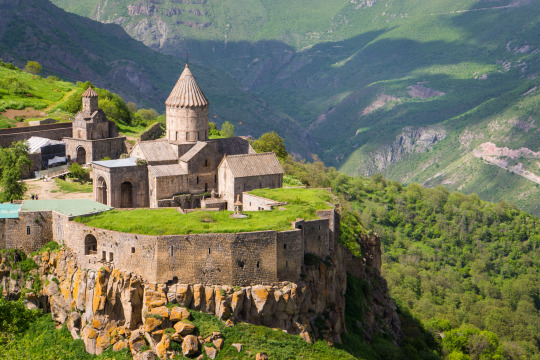
32 notes
·
View notes
Text

Armenia is a historical land that captivates travelers with its unique heritage and breathtaking natural beauty. Situated in the Southern Caucasus, it blends ancient history with scenic landscapes. Before planning your journey from Dubai, securing a visa is essential. Residents of the UAE can conveniently apply for an Armenian electronic visa through the official portal. Once approved, it’s time to explore Armenia’s wonders. Whether you’re opting for an Armenia holiday package from Dubai, here are five must-visit attractions to include in your itinerary.
Click or Refer here to Avail:
https://www.satgurutravel.ae/holiday-packages-from-dubai-uae/armenia
#Armenia holiday packages from Dubai#Armenia tour package Dubai#Armenia tourist attractions#Best places to visit in Armenia#Yerevan travel itinerary#Dubai to Armenia tour packages#Armenia travel guide 2024#Armenia visa for UAE residents#Tatev Monastery cableway tour#Lake Sevan tour packages
0 notes
Text
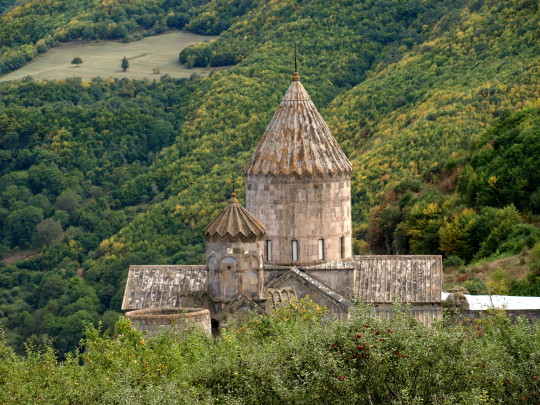
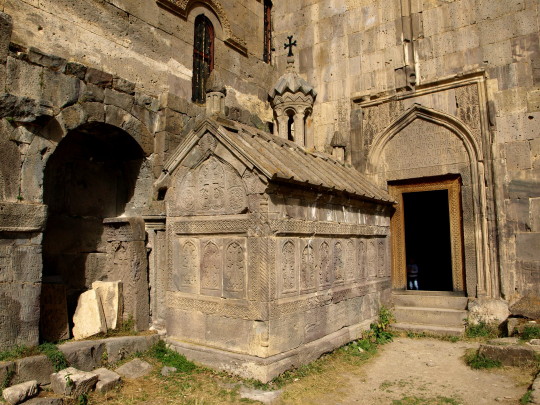
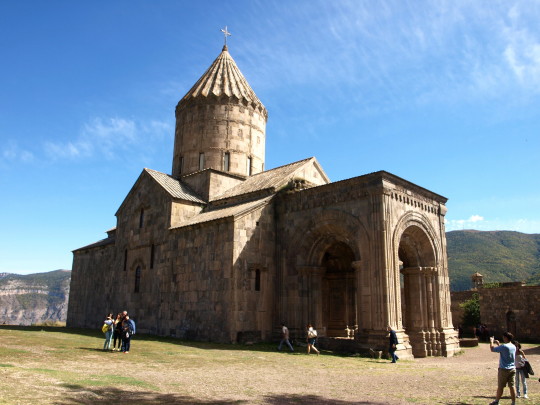
Tatev Monastery (2) (3) by Hugi Ólafsson
Via Flickr:
The Tatev Monastery in southern Armenia dates from the 9th century. The monastic ensemble stands on the edge of a deep gorge of the Vorotan River. In the 14th and 15th centuries Tatev Monastery hosted one of the most important Armenian medieval universities, the University of Tatev, which contributed to the advancement of science, religion and philosophy, reproduction of books and development of miniature painting. Scholars of the Tatev University contributed to the preservation of Armenian culture and creed during one of its most turbulent periods in its history. The buildings of the ensemble were severely damaged in a 1931 earthquake and have only been partially restored.
331 notes
·
View notes
Text
Lonely Mountain = Armenia
I have a take to make: Armenian culture is very similar to how I would imagine the culture of the Dwarves of Lonely Mountain.
When you think of the halls of Erebor, images of grand stone halls, intricate metalwork, and proud, resilient people come to mind.
Interestingly, this mental imagery resembles Armenia, a rich and ancient civilization in the Southern (that is important - Armenians are not Caucausians per se, like Georgians and/or Dagestanians) Caucasus region. From the stone-borne proud spirit of the Armenian people to their architecture and traditional clothing, there are fascinating parallels between the two cultures, real and fictional.
1. Architecture: Stone, Fortresses, and Underground Structures
The Dwarves of Erebor are renowned for their skill in mining and stonework, creating vast underground cities with intricate carvings and fortifications. Similarly, Armenian architecture is marked by the use of stone, with many historical fortresses, churches, and monasteries built using basalt, tuff, and other locally sourced materials. These buildings, often nestled in mountainous regions, reflect a deep connection to the earth, much like the Dwarven kingdom carved within the Lonely Mountain.
Examples:
Geghard Monastery: Partially carved out of mountain rock, this UNESCO World Heritage site demonstrates the skill and artistry of Armenian stonework. Its cavernous halls and intricate carvings are reminiscent of the Dwarven halls deep within Erebor.
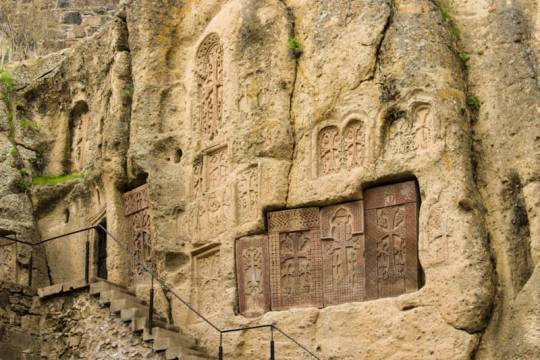
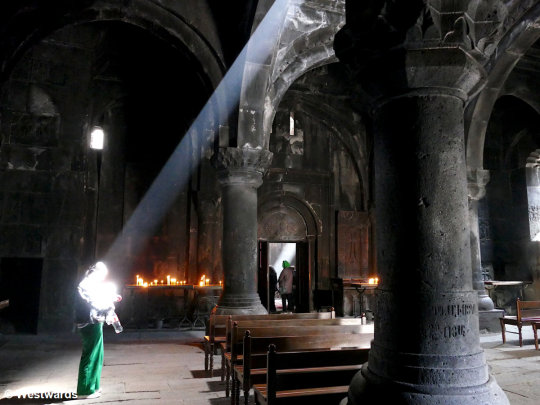
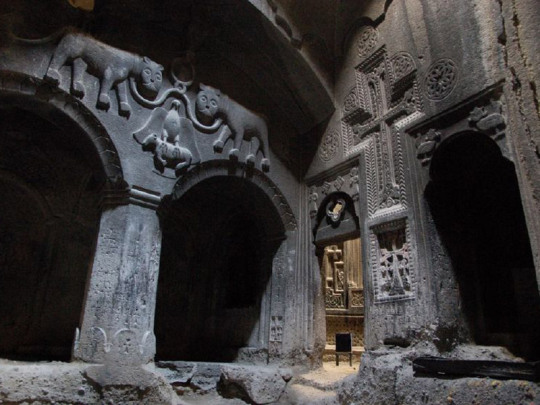
Tatev Monastery: Perched on the edge of a cliff, this fortress-like monastery reflects the grandeur and defensive nature of Dwarven architecture.
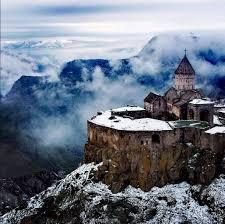
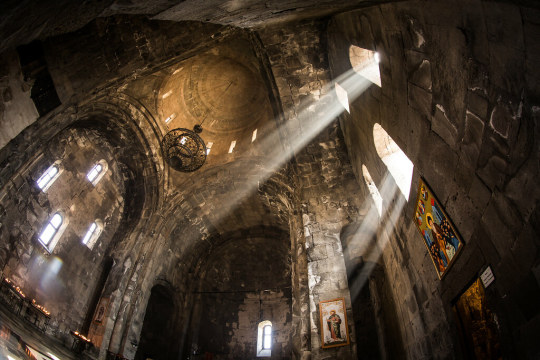

2. Traditional Clothing: Regal, Rich, and Embroidered
Tolkien’s Dwarves are often depicted in elaborate, layered garments with intricate patterns, a testament to their pride in craftsmanship. Armenian traditional clothing, especially royal and ceremonial attire, shares this emphasis on richness and detail. Armenian robes from different historical periods were made from fine fabrics, often embroidered with gold and adorned with jewels, echoing the regal appearance of Dwarven kings and warriors.
Examples:
Royal Armenian Attire: The robes of Armenian kings and nobles during the medieval period were crafted from rich fabrics and detailed embroidery. Visuals of King Gagik I or the attire from the Bagratid dynasty era would illustrate the parallels well.

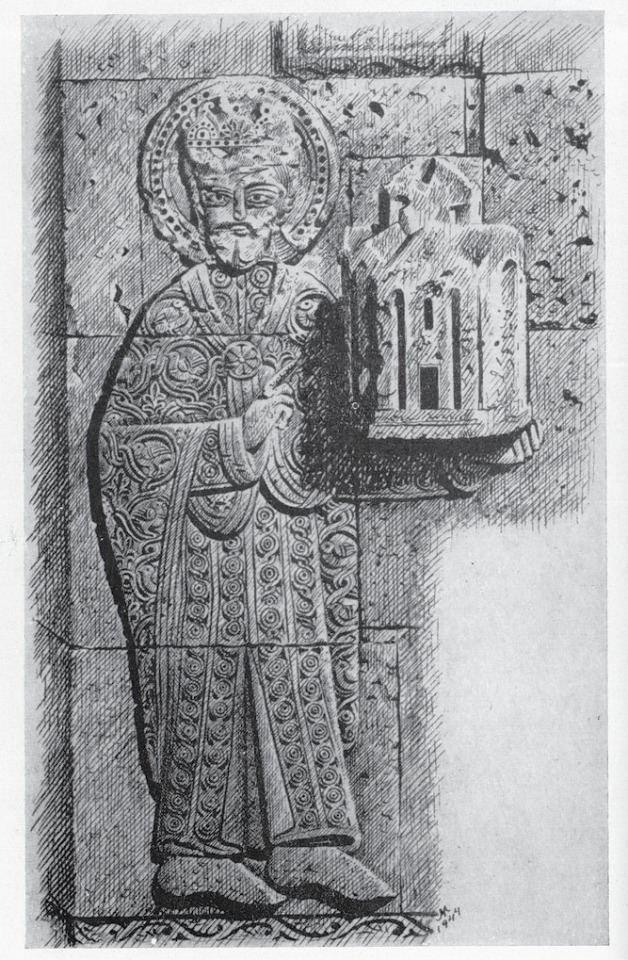
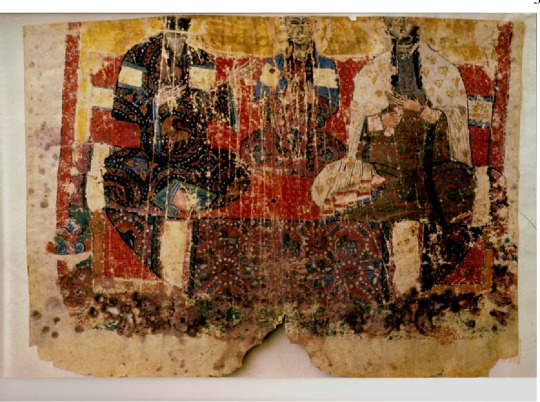
Women’s Embroidered Dresses: Traditional women’s dresses from regions like Syunik and Artsakh, adorned with intricate patterns and gold-thread embroidery, reflect a similar pride in craftsmanship seen in Dwarven culture.
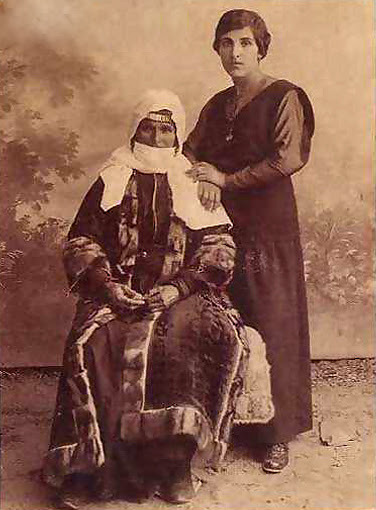
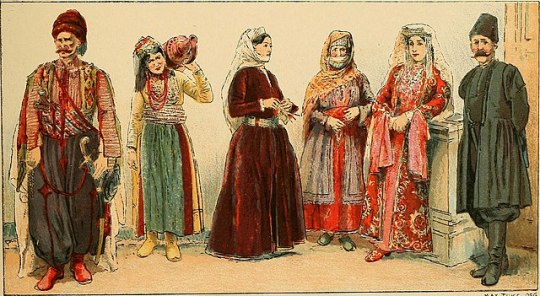
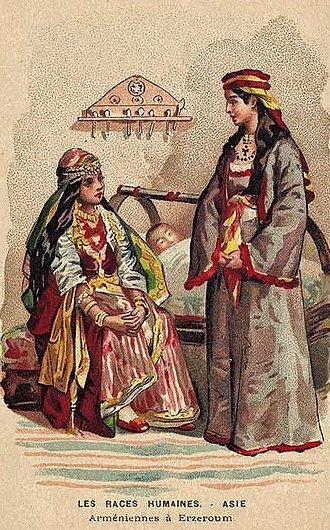
3. Craftsmanship: The Art of Metalwork and Jewelry
The Dwarves are famous for their skills as blacksmiths, miners, and jewelers, creating intricate items from precious metals. Armenia, with its long history of metallurgy, also boasts a rich tradition of metalwork and jewelry-making. Armenian craftsmen were known for producing exquisite silver and gold pieces, ranging from church crosses to ceremonial weaponry and jewelry.
Examples:
Armenian Crosses and Jewelry: The detailed filigree and gem-inlaid designs seen in Armenian religious artifacts show a high level of skill. These pieces could easily be imagined as treasures from the hoards of Erebor.
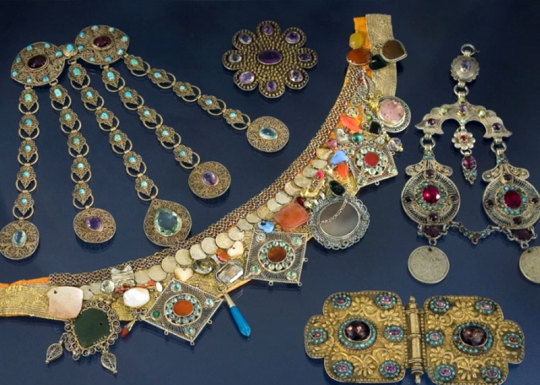



Ceremonial Swords and Armor: Historical Armenian weaponry, including richly adorned swords and shields, can also be found in museums. Their craftsmanship mirrors the care and pride of Dwarven smiths.
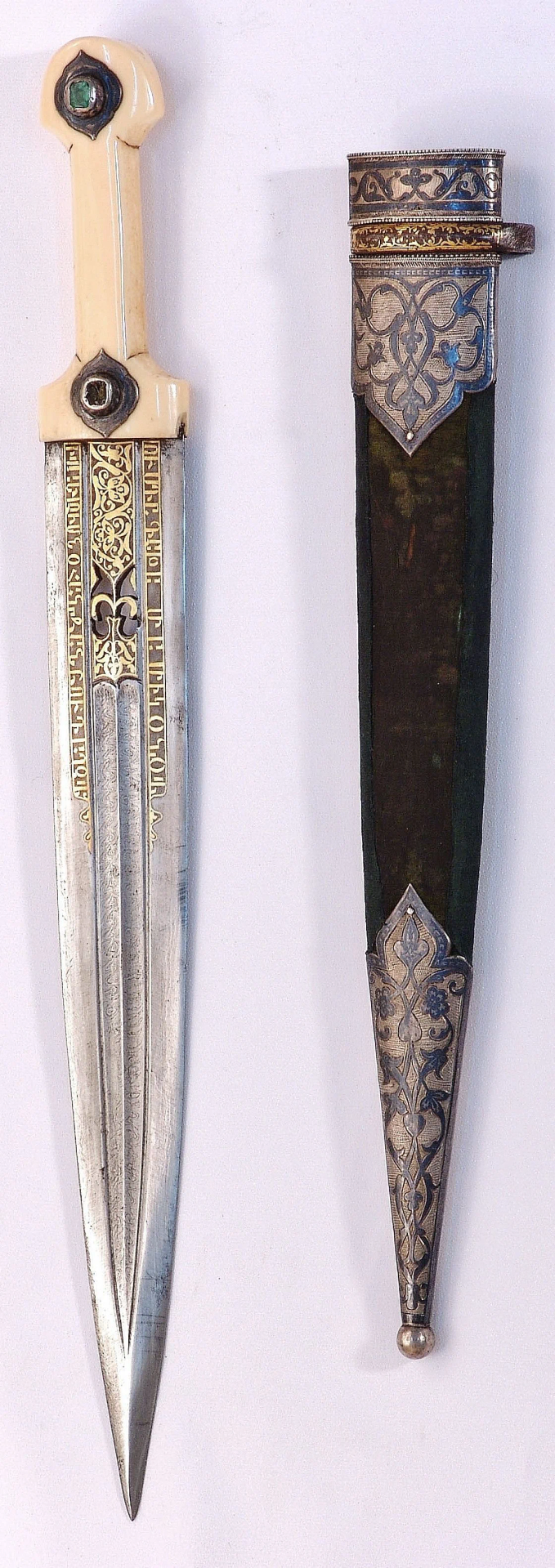


4. Resilience and Pride: A Shared Spirit of Survival
Both the Armenians and the Dwarves have a shared history of resilience and pride in their heritage. The Dwarves, displaced from their homeland of Erebor, strive to reclaim their lost kingdom, a narrative that echoes the Armenian struggle throughout history to preserve their culture and identity in the face of invasions and displacement.
Armenian history is marked by perseverance, whether through the maintenance of cultural traditions, language, or faith, even during periods of hardship. The Dwarves' determination to return to Erebor, despite the dangers, reflects a similar strength.
Examples:
Armenian Genocide Memorials: These monuments, while somber, speak to the resilience and enduring spirit of the Armenian people. They stand as a testament to survival, much like the return of the Dwarves to Erebor.
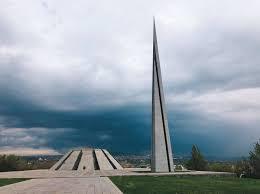
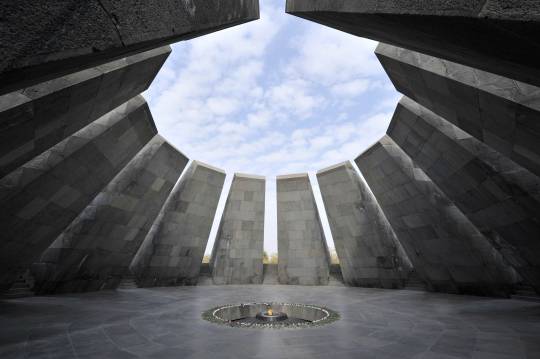
Mount Ararat: The iconic mountain, which has a deep connection to Armenian identity, is often depicted in art. It symbolizes endurance, much like the Lonely Mountain symbolizes hope for the Dwarves.
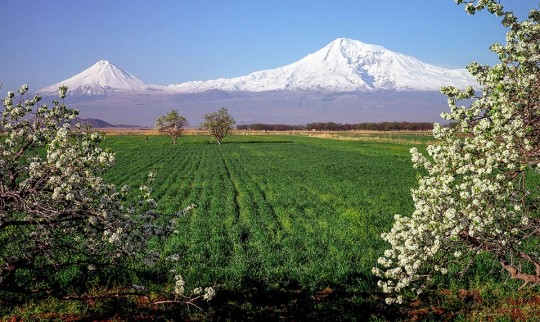
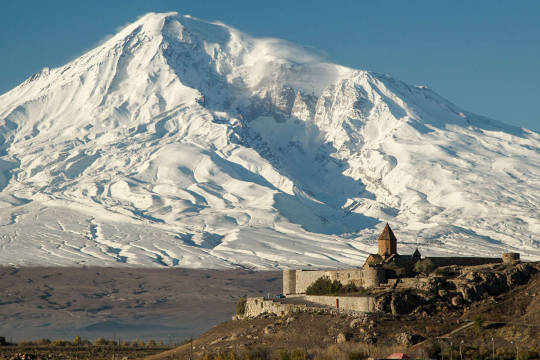

Conclusion
While there is no evidence that J.R.R. Tolkien based the Dwarves of Erebor on any specific real-world culture, the similarities between Dwarven and Armenian culture are striking. Both are defined by a love of stone, a tradition of intricate craftsmanship, and a deep-rooted pride in their heritage. These parallels offer a fascinating way to look at Tolkien's world.
109 notes
·
View notes
Note
your name is so pretty!! is there an origin/meaning??
Thank you!
The name "Tatev" /Տաթև/ is derived from two Armenian words: "ta" (տա), which means "give," and "tev" (թև), which means "wing." Together, "Tatev" can be interpreted as "give wings".

The name has its origins in the name of a famous medieval monastery in Armenia, the Tatev Monastery, located in the Syunik Province. Close to the monastery is the "Wings of Tatev," the world's longest reversible cableway, which stretches over 6 kilometers.
According to a popular legend, the name "Tatev" is connected to the story of the construction of the Tatev Monastery. It is said that when the master architect completed the monastery, he prayed to God to grant him wings so he could fly and witness his creation from above. He said "ta tev," which translates to "Give me wings". Miraculously, he was gifted wings and flew over the monastery.
In another context, "Tatev" symbolizes the concept of spiritual flight and enlightenment. The monastery was a major center of learning and scholarship in medieval Armenia. So, the name reflects the monastery's role in "uplifting" the minds and spirits of those who studied, lived and worshipped there.
103 notes
·
View notes
Text
Romantic Places in Armenia
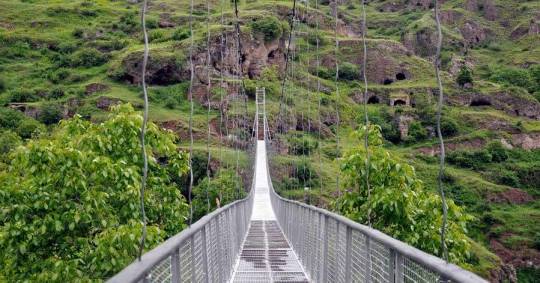
Romantic Places in Armenia, Armenia, a country nestled in the South Caucasus region, is a land of enchanting landscapes, rich history, and an undeniable romantic charm. From the stunning scenery of the Armenian highlands to the ancient monasteries that dot the countryside, Armenia offers a plethora of romantic getaways for couples seeking to rekindle their love. In this article, we'll explore 15 romantic places in Armenia that promise to make your trip unforgettable.
Yerevan: The Capital of Love
Yerevan, Armenia's vibrant capital, is a city that never sleeps. Stroll hand in hand with your loved one down Northern Avenue, explore the artistry of the Cascade Complex, and don't forget to witness the sunset at Victory Park. The city's electric atmosphere is sure to ignite the flames of love.
Lake Sevan: A Serene Retreat
Lake Sevan, the "jewel of Armenia," is one of the largest freshwater, high-altitude lakes in the world. Its tranquil shores provide the perfect backdrop for a romantic picnic or a boat ride with your significant other.
Garni Temple: Ancient Amour
Garni Temple, a Greco-Roman masterpiece, is an ancient symbol of love and devotion. The temple's backdrop of rugged cliffs and lush greenery creates an ideal setting for a romantic excursion.
Noravank Canyon: Where Love Meets Adventure
If you and your partner are adventure enthusiasts, Noravank Canyon offers breathtaking hiking and rock-climbing experiences. The crimson rocks and ancient monasteries add a touch of magic to this romantic adventure.
Jermuk: The Healing Waters of Love
Jermuk is renowned for its natural hot springs, making it a perfect destination for couples seeking relaxation and rejuvenation. The healing waters and picturesque landscapes make for a therapeutic romantic getaway.
Dilijan: The Forest of Romance
Dilijan, often referred to as "Little Switzerland," is a lush, green paradise. It's a serene retreat where you can immerse yourself in nature's beauty and enjoy cozy moments with your beloved.
Amberd Fortress: A Love Story in Stone
Amberd Fortress is an ancient citadel with panoramic views of the Aragats mountain. Explore the ruins and feel like you're a part of an epic love story from the past.
Khor Virap: A View of Love and History
Khor Virap offers a captivating view of Mount Ararat, and its history is intertwined with Armenia's conversion to Christianity. It's a place where love and history converge, making it a must-visit for couples.
Gyumri: Love in the Second City
Gyumri, Armenia's second-largest city, has a unique charm. Its cobbled streets, historical architecture, and welcoming locals make it a great destination for a romantic journey off the beaten path.
Tatev Monastery: Spiritual Romance
Tatev Monastery, perched on the edge of a deep gorge, is a place of spiritual serenity and breathtaking views. It's a fantastic location for couples seeking to connect on a deeper level.
Debed Canyon: A Romantic Gorge
Debed Canyon, in the Lori region, is a picturesque gorge with lush forests and ancient monasteries. It offers an escape into nature's embrace, where love can flourish.
Khndzoresk: Bridge to Love
Khndzoresk, with its swinging rope bridge, is a symbol of connection and adventure. Cross the bridge with your loved one and experience the thrill of togetherness.
Areni Wine Region: Sip and Savor Romance
The Areni Wine Region is not just a treat for wine connoisseurs; it's also a haven for couples seeking a taste of Armenia's winemaking traditions.
Lake Arpi: Love in Nature's Abode
Lake Arpi, a pristine high-mountain lake, is an ideal destination for couples who love bird-watching and enjoying nature in its purest form.
Dzoraget River Gorge: Love's Wild Journey
The Dzoraget River Gorge offers an adventurous journey with white-water rafting and hiking trails. It's a place where love's wild side can thrive.
Conclusion
Armenia, with its diverse and captivating landscapes, offers an array of romantic destinations for couples seeking a memorable getaway. Whether you're wandering through the ancient streets of Yerevan or exploring the natural wonders of Armenia's countryside, you're sure to create unforgettable moments with your loved one.
3 notes
·
View notes
Text
Religious pilgrimage in Armenia
Armenia is a country with a rich religious history, and it is known for its numerous religious pilgrimage sites. The predominant religion in Armenia is Christianity, specifically the Armenian Apostolic Church, which is one of the oldest Christian denominations in the world. Here are some important religious pilgrimage destinations in Armenia:
Etchmiadzin Cathedral: Located in the city of Vagharshapat, this cathedral is the spiritual center of the Armenian Apostolic Church. It is considered one of the oldest churches in the world and a UNESCO World Heritage Site.
Khor Virap: This monastery is located near the border with Turkey and offers a stunning view of Mount Ararat. It is famous for its connection to Saint Gregory the Illuminator, who was imprisoned here for 13 years before converting Armenia to Christianity. Pilgrims visit Khor Virap to see the underground chamber where Saint Gregory was imprisoned and to offer prayers.
Geghard Monastery: This ancient complex is partly carved into the rock and is known for its unique architectural and cultural significance. The main chapel, Surb Astvatsatsin, is particularly revered by pilgrims. It's a UNESCO World Heritage Site and a popular pilgrimage destination.
Noravank Monastery: Located in a picturesque red rock canyon, Noravank is an important pilgrimage site for Armenians. It is dedicated to St. John the Baptist is known for its stunning Surb Astvatsatsin Church and the Surb Karapet Church. Pilgrims come here to attend religious services and enjoy the natural beauty of the area.
Tatev Monastery: Tatev is a historic monastic complex and a popular pilgrimage destination. The Tatev Monastery is known for its scenic location on a plateau overlooking the Vorotan Gorge. Pilgrims visit the monastery to attend church services, explore the historic buildings, and ride the Wings of Tatev, the world's longest reversible aerial tramway, to reach the site.
Haghpat and Sanahin Monasteries: These two medieval monastic complexes are UNESCO World Heritage Sites and are important pilgrimage destinations for their historical and architectural significance. They are located in the Lori region of Armenia.
Akdamar Island: While not in Armenia but in neighboring Turkey, Akdamar Island is a pilgrimage destination for Armenians due to its Surb Khach (Holy Cross) Church, a medieval Armenian Apostolic church located on the island in Lake Van. It is a place of great religious and cultural significance for Armenians.
When visiting these religious pilgrimage sites in Armenia, it's important to be respectful of the religious customs and traditions of the Armenian Apostolic Church. Visit Starling Travel Club and check out the current travel conditions and any entry requirements. Embark on a transformative 8-day journey through Armenia's spiritual heritage with our religion tour.
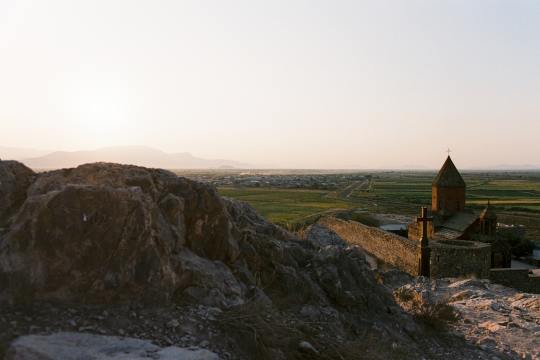
2 notes
·
View notes
Text

Armenia is a hidden gem filled with ancient history, stunning landscapes, and rich culture. From the rock-hewn Geghard Monastery to the picturesque Lake Sevan, Armenia offers countless wonders for travelers. Other must-see destinations include Yerevan, Khor Virap, Noravank Monastery, and the majestic Tatev Monastery. With a simple Armenia visa process, visitors can easily explore these breathtaking sites, offering a blend of nature, spirituality, and history.
0 notes
